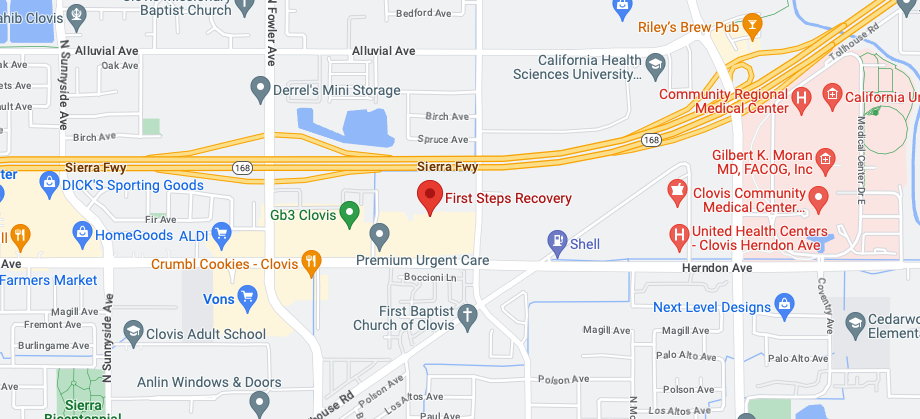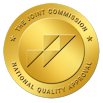For many who seek recovery from the devastating effects of substance abuse, successfully completing a drug treatment program is a major milestone. People that complete drug treatment put in the hard work and display the tenacity and determination that is needed to completely transform their lives. While there are addicts who may think that completing a drug treatment programs signals the end of the recovery process, those thoughts are misleading. The reality is that the real work in recovery begins once formal drug treatment ends, and the triggers and temptations that can lead to relapse seem to lurk around every corner. Fortunately, those who are new in their sobriety can receive extra motivation and support by spending some time living in a halfway house.
Commonly known as sober living residences, halfway houses allow newly recovering addicts to work on the life and coping skills that were learned in treatment while receiving the support and encouragement from those who are undergoing similar experiences in their own recovery. Much like finding the appropriate drug treatment facility, those who are newly recovering must do thorough research when finding a sober living residence that best fits their needs. The following are things to keep in mind when choosing a halfway house.
Budget
For those who have just completed treatment and are looking for a sober living home, perhaps the biggest consideration they have is finding a home that realistically fits within their budget. Ideally, the home they ultimately choose that has the best amenities and services available, but that may not entirely feasible given one’s finite financial resources. When choosing a sober living home, those new in recovery must realize they are responsible for paying rent, utilities, food and other necessities.
Location
When it comes to selecting the best sober living arrangement that is best for a recovering addict’s specific need, the location of the facility becomes an important consideration. Ideally, the sober living facility should be located in one’s hometown or in a town that is nearby so the addict can be in close proximity to family, friends, and others in their support system. Many of the best drug rehab facilities have their own sober living residences or are affiliated with quality facilities nearby, which makes for a convenient transition those who are about to complete formal treatment.
While finding supportive housing nearby is the best option, those who are new in recovery may want to keep their options open and extend their search to facilities that are located farther away or even in another state or part of the country. This option is recommended if the triggers and temptations of one’s home environment may prove too much for them to handle. Pursuing sober living options in other town or state may also be an attractive option if the addict doesn’t have a strong sense of support from family or friends.
Regulations and Licensing
For those who are new in recovery and looking for a sober residence, they may operate under the assumption that all sober living facilities are regulated under applicable local or state laws, but that is not always the case. Regulations and licensing varies from state to state, and there are instances where halfway houses have been opened and operated by unscrupulous landlords or realtors who are looking to make a quick buck. These homes have very little or no structure or means of meaningful support for those who are in recovery. Before any halfway home is chosen, it must have the proper licensing to operate and it must be staffed by individuals who are active in their own recovery. Additionally, sober living homes should also provide around the clock supervision which helps safeguard the security and well-being of both residents and staff.
Structure and Rules
Great sober living homes feature solid house rules that are consistently observed and enforced without fail by house staff. The number one rule of all sober living homes is residents are not allowed to use substances either on or off house grounds. If residents are found to be using substances, they will be subject to immediate eviction, and in most cases they are not allowed to return. This important rule is in place not only for accountability sake and to help keep residents sober, it is also enforced to keep others sober and safe. Another house rule that is enforced is residents need to participate in regular house meetings, and they are also highly encouraged to continue active participation in 12-step or other sober support group meetings.
Halfway houses are not designed for people to just sit idle and bide their time. While living in this environment, residents are expected to fully work their program of recovery and take the steps necessary to become fully independent. These steps include being active in looking for gainful employment or looking for more permanent housing. While in sober living, residents must put into practice the life and coping skills that were learned in treatment, and they especially need to focus on making amends to those they have harmed while they were active in their addiction. The main goal of sober residences is to give newly recovering addicts the space they need to adjust to a life of recovery. With the feedback and support of others, the newly recovering addict can grow more confident in their sobriety and will be able to better adjust to the stresses and pressure of everyday life once they leave sober living.
Call First Steps Recovery And Find Out More About Our Halfway House Programs
You have worked hard to get clean and sober, and you must protect that investment at all costs. If you are looking for a halfway house program that will provide you the quality support you need, call First Steps Recovery today and talk to one of our experienced staff members. Our sober living programs are fully licensed and staffed by people who are active in their own recovery. Make the commitment to your sobriety and call First Steps Recovery today.








